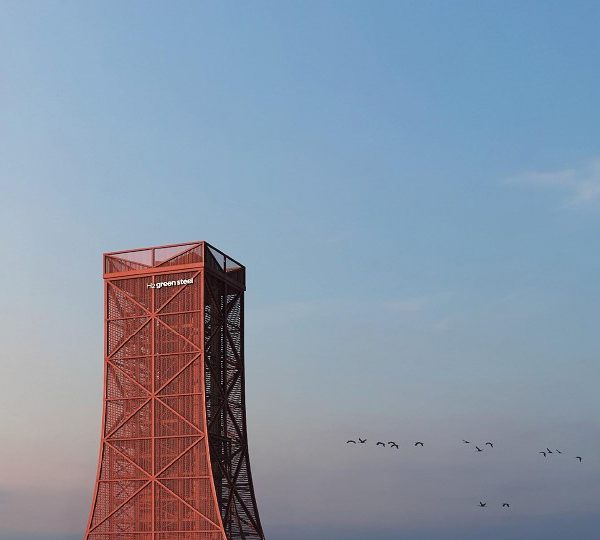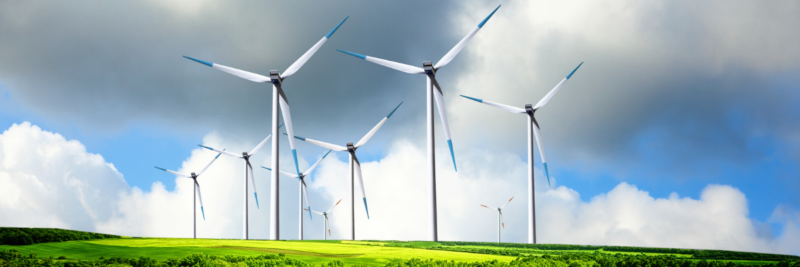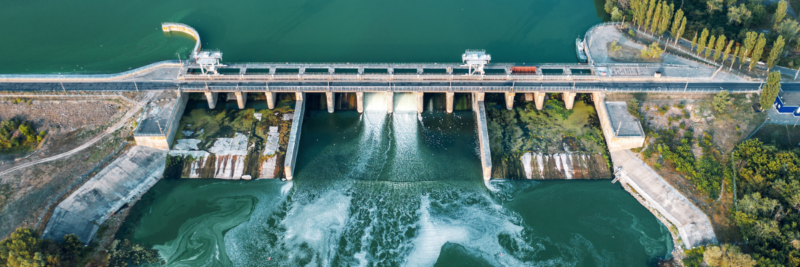In 2014, Vargas Holding, the founder and largest shareholder of H2 Green Steel, was established for the purpose of facilitating the transition to a more sustainable future by transforming sectors of society to emit less carbon.
Midrex designs greenfield plants based on MIDREX H2 technology specifically for 100% hydrogen operation or for majority hydrogen operation with minimal natural gas usage.
This technology is based on the proven MIDREX Shaft Furnace and process gas systems that already operate at large scale (2.5 Mt/y) and with ~55-75% H2 in reducing gas. The configuration includes the latest innovation from Midrex, an electric heater for the recirculating hydrogen gas designed and supplied in partnership with the Tutco SureHeat business of Flex-Tek Group, a division of the UK-based engineering company Smiths Group plc.
A discussion of the current state-of-the-art for electric heating of gases for Direct Reducation applications, and development work on thermal cycling of electric heaters in the DR application that are essential for the MIDREX H2 solution are found in this collaborative article on Electrical Heating of MIDREX® Process Gases authored by Midrex and Tutco Sureheat.

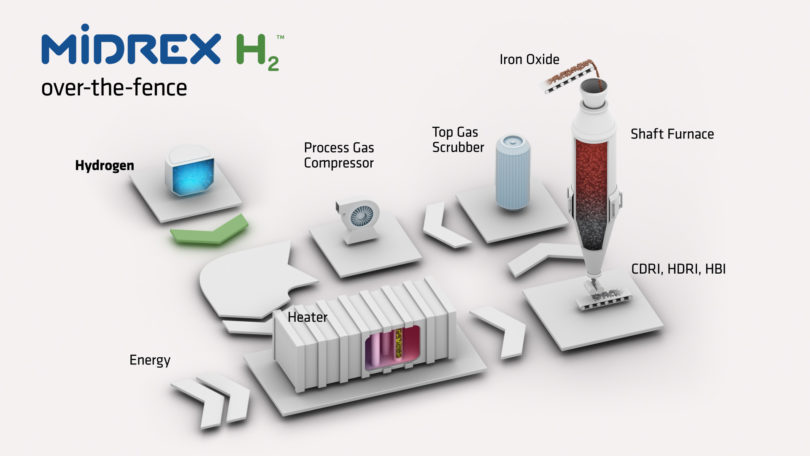
Featured Plant
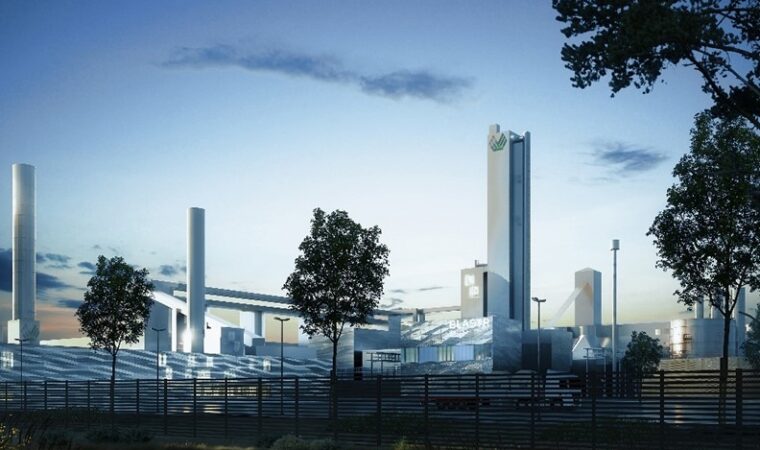
Midrex and Primetals selected by Blastr
The MIDREX H₂ Plant, powered by up to 100% green hydrogen, will produce hot DRI (HDRI) for direct charging to the steel mill, as well as hot briquetted iron (HBI), enabling Blastr to decarbonize other value chains by providing ultra-low-carbon iron feedstock for its customers.
Read press release

Featured Plant
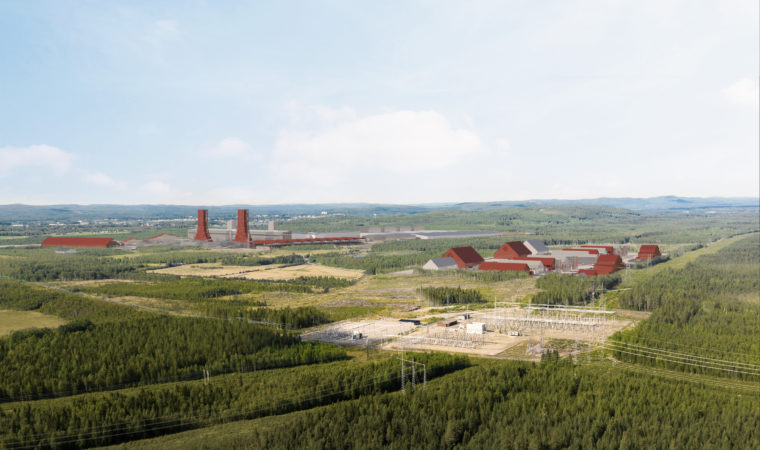
Midrex and Paul Wurth Selected by H2 Green Steel
The world’s first commercial 100 percent hydrogen direct reduced iron (DRI) plant. H2 Green Steel will produce green steel, reducing CO₂ emissions by up to 95 percent compared to traditional steelmaking. By replacing coal with green hydrogen powered by renewable electricity, water and heat become the primary emissions.
Read Press Release

Direct From Midrex
H2 Green Steel Story – the Quest for Earth’s Sustainable Future
